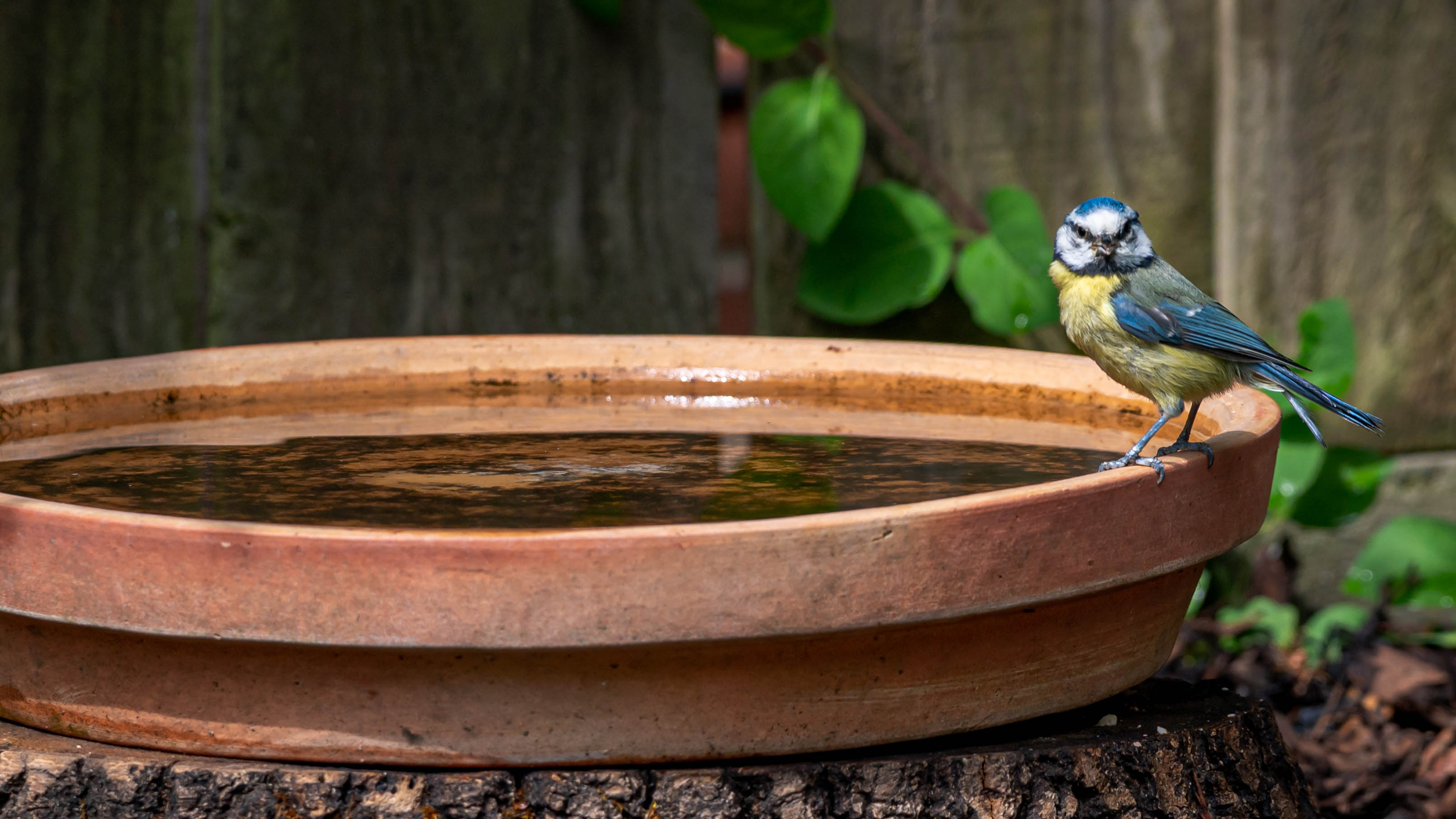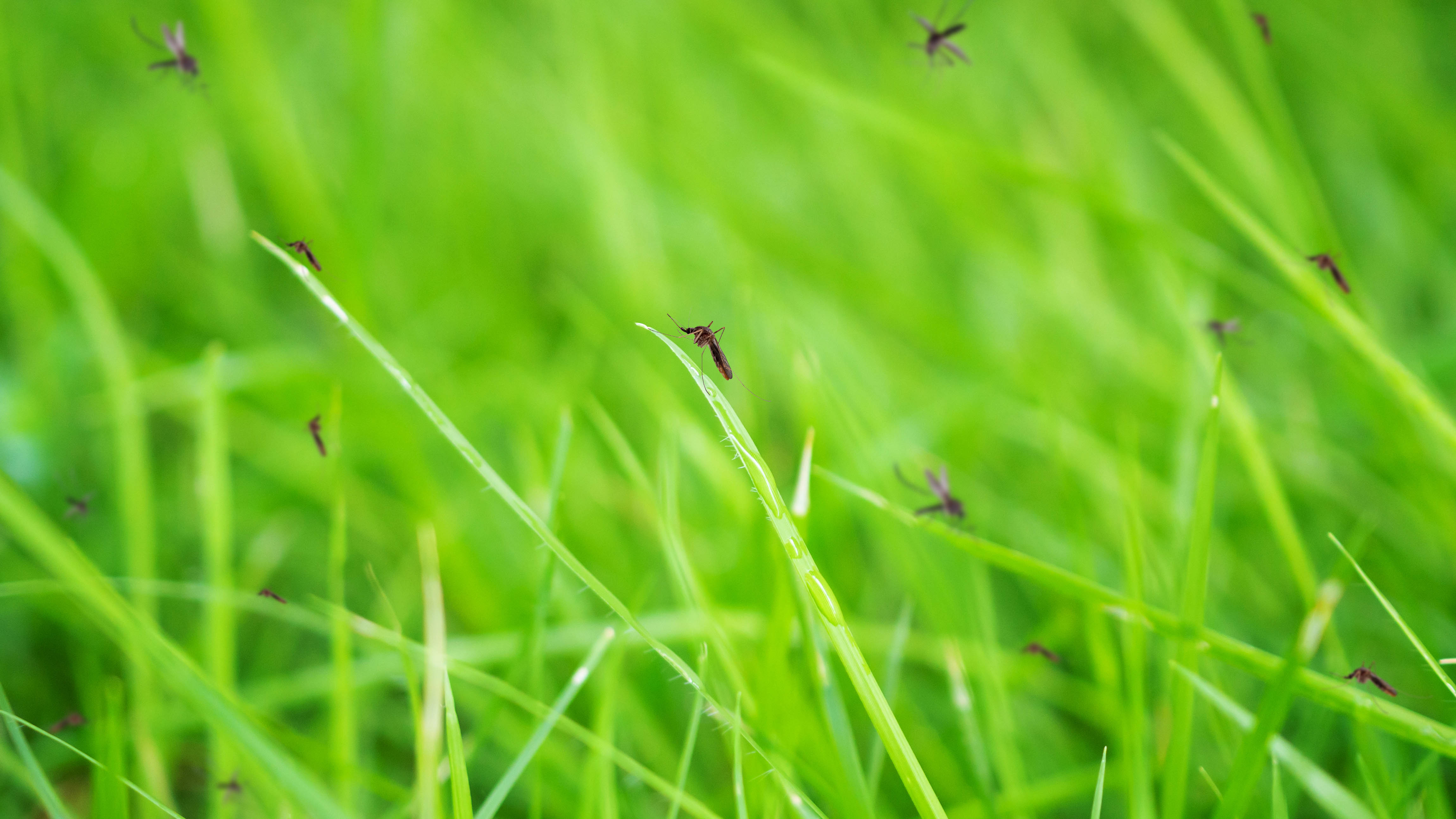
Whether you’re relaxing in your yard, or cooking up a storm on your best grill, there’s nothing more distracting than swatting away mosquitoes, while enjoying the warm weather.
And even if you’ve tried one of these methods of how to get rid of mosquitoes, you’ll probably need to know what attracts mosquitoes in the first place. Not only do they bite, leaving an itchy, raised rash on skin, but these blood-thirsty insects can spread fatal diseases, such as malaria or dengue in certain areas too. That’s why it’s important to know how to prevent them from invading your spaces.
According to experts, there could be certain things on your property that are unintentionally enticing mosquitoes. By taking action to eliminate these in your yard, you can reduce the numbers of pesky visitors — and also the risk of nasty bites.
So, before you start getting out the bug repellents, be aware of these key things that will attract mosquitoes to your yard, according to pest experts.
1. Yard debris

Whether you’re pruning beautiful roses, plants, or simply sprucing up your garden for summer parties, it’s not uncommon to have debris scattered around. However, debris such as leaves, twigs, and plant trimmings that are left to sit in your yard provide the ideal hiding spot for mosquitoes. Since these tiny pests need protection from the elements such as the sun’s heat, they will congregate and take shelter among the debris.
Experts advise to regularly clean up fallen leaves, twigs, and plant trimmings, to eliminate any hiding spots. That way, mosquitoes will find other places to take shelter in, and not in your yard!
If you’re wondering what to do with your yard debris, check out these 7 ways to use fallen leaves in your garden.
2. Standing water

Another common factor that attracts mosquitoes is standing water. Areas such as ponds, water fountains and even bird baths provide the perfect spot for mosquitoes to breed in. “Mosquitoes are a common culprit for unseen bites in the summer, and these often breed around stagnant water,” says Allan Bossel, pest exterminator at BBE. “To mitigate a potential mosquito infestation, inspect your yard for any stagnant water sources. This includes flowerpots, bird baths and gutters. Mosquito dunks in any nearby stagnant water can help control the problem.”
In addition, if you spot or hear mosquitoes buzzing inside the home, there are preventative measures you could try. “Using a fan in your room can discourage mosquitoes from landing on you, as well as the application of insect repellent containing DEET or other EPA-approved ingredients,” Bossel adds.
And if you want to take extra precautions, you can install a fly screen on back doors or windows. Although, these are not the most aesthetically pleasing decor features!
“Mosquitoes and midges can be protected against by having fly screens fitted to your windows and doors,” suggests John Stewart, pest training manager at Pelsis Group. “However, if they are already in, then check your walls before bed to see if they are present.”
You could also try a DIY, essential oil spray — that will be strong enough to repulse mosquitoes. Simply take an empty spray bottle, and dilute a few drops of essential oils, (peppermint or citronella), into water. Then spray around the entry points or areas to deter mosquitoes from entering the home.
3. Tall grass

Similar to yard debris providing shelter from the sun or wind, tall grass is another big attraction for mosquitoes. Not only is this an obvious, hiding place for the sneaky pests, but also helps to protect them from predators, such as birds.
“Mosquitos are an irritating pest,” agrees Joshua Houston, pest control expert at Household Quotes. “They increase in volume during the summer and can be identified through the small raised red bumps that they leave on your skin. They are most commonly found around places with tall grass, or that contain water such as; lakes, ponds, marshes, pools.”
To prevent a mossy infestation, simply make sure you keep on top of your lawn care regime, and cut your grass to an appropriate length. Experts suggest keeping the grass height around ½ to 1 inch during summer, while 1 ½ inches during spring and autumn, depending on the grass type.
Typically, warm season grasses, such as Bermuda grass and zoysia, grow most in the late spring to summer, so frequent mowing is required. Whereas, cool season varieties, such as Kentucky bluegrass and perennial ryegrass, grow fast during the spring and fall months, when there’s plenty of rainfall.
What’s more, it’s useful to know how often should you mow the lawn to encourage healthy growth and a lush density all year round. Just note when it is anti-social to mow your lawn, so you won't upset your neighbors!







